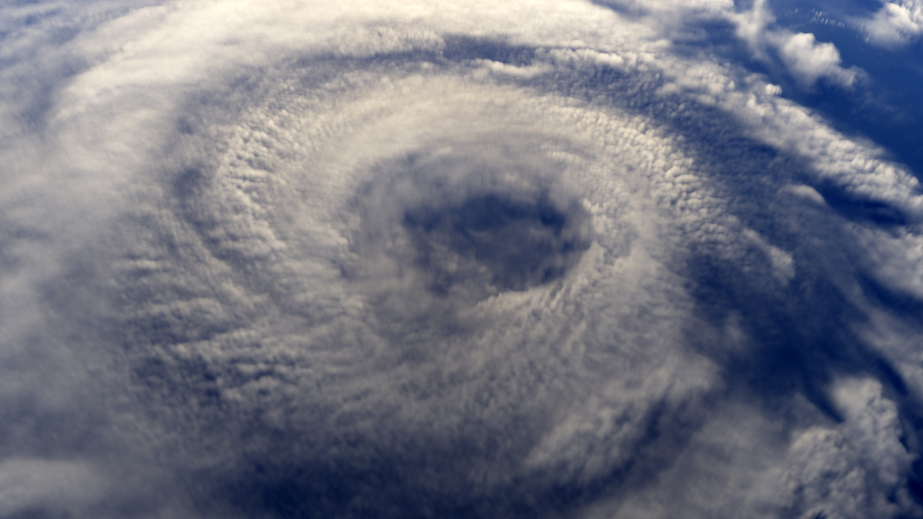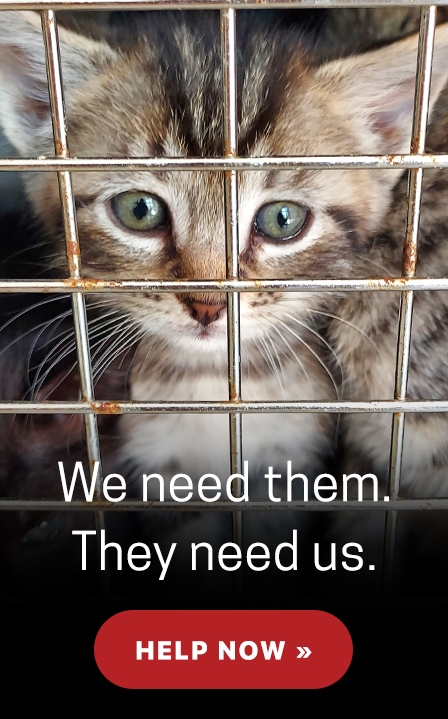Before the storm
- NEVER leave animals behind. Review your evacuation plans and know a safe place where your pets can go if you need to evacuate. Evacuation destinations may include a friend or family member’s home, going to a pet-friendly hotel, or temporarily housing your pet(s) at a boarding facility. Plan multiple routes to your safe destination.
- Microchip your pets and properly affix a tag on your pet’s collar with your name, address and cellphone number so they may be returned quickly in case you are separated from your pets. Update your microchip registrations and pet license information to ensure its current and consider including the name and contact information of an out-of-area contact just in case you are unreachable in a disaster zone.
- Consider registering with mobiPET, a free new, high-tech, visual “AMBER Alert” for missing pets that helps reunite lost pets with their owners. Get information here: www.mobipet.me.
- Tie down or anchor outside objects that might fly about and injure someone.
- Double-check your disaster preparedness kit for your pets (e.g., First Aid kit, leashes, and pets’ carrying cases, bowls, sanitation materials, chew toy, minimum 3 days, ideally 7-10 days of food, meds, water).
- Evacuate your family and pets as early as you can and remember to take your family and your pet’s disaster preparedness kit if you do leave.
- Bring children and pets inside; bring outdoor animals inside with a carrier ready large enough to turn around and lie down comfortably.
- Have a carrier and leashes at the ready.
- If your family must evacuate, ALWAYS take your pets with you.
During the storm….if you cannot evacuate
- Choose a safe room for riding out the storm—an interior room without windows – and take your entire family there, including your pets.
- Stay with pets. If crated, they depend on you for food and water.
- Keep your emergency kit in that room with you (food, water, litter, meds).
- Know your pet’s hiding places. That’s where they may run; keep them with you.
- Secure exits and cat doors so pets can’t escape into the storm.
- Do not tranquilize your pets. They’ll need their survival instincts should the storm require that.
After the storm
- Make sure the storm has fully passed before going outside and assess damages before allowing children or animals out.
- Keep dogs on a leash and cats in a carrier, and children close at hand. Displaced objects and fallen trees can disorient pets and sharp debris could harm them.
- Give pets time to become re-oriented. Familiar scents and landmarks may be altered and cause a pet to become confused or lost.
- Keep kids and animals away from hazards such as downed power lines and water that may be contaminated.
- Uncertainty and change in the environment affect animals, presenting new stresses and dangers. Your pet’s behavior may change after a crisis, becoming more aggressive or self-protective. Be sensitive to these changes and keep more room between them, other animals, children or strangers. Animals need comforting, too. Comfort your pet with kind words and lots of pats or hugs. If possible, provide a safe and quiet environment, even if it is not their own home.
If you are in the storm’s path please stay safe. Also, we ask that you keep our first responders in your thoughts as they prepare for another major animal rescue deployment on the heels of West Virginia and Louisiana.
If you would like to support our rescue program, please click here.


